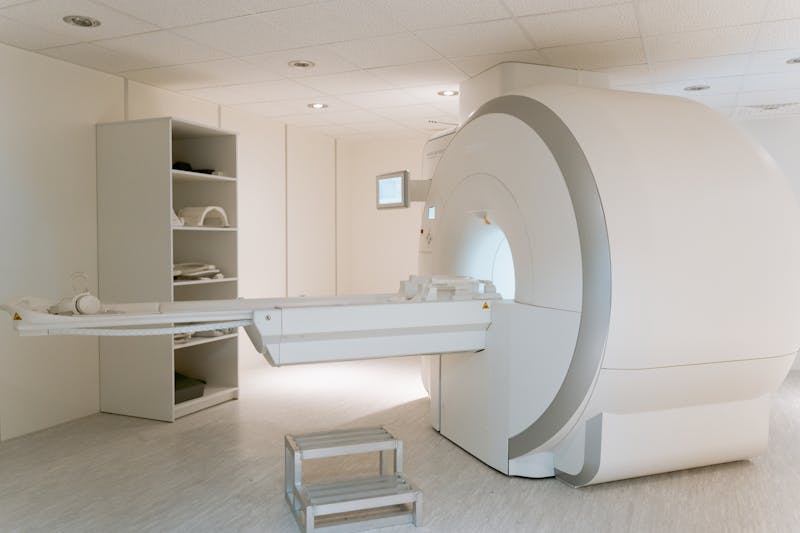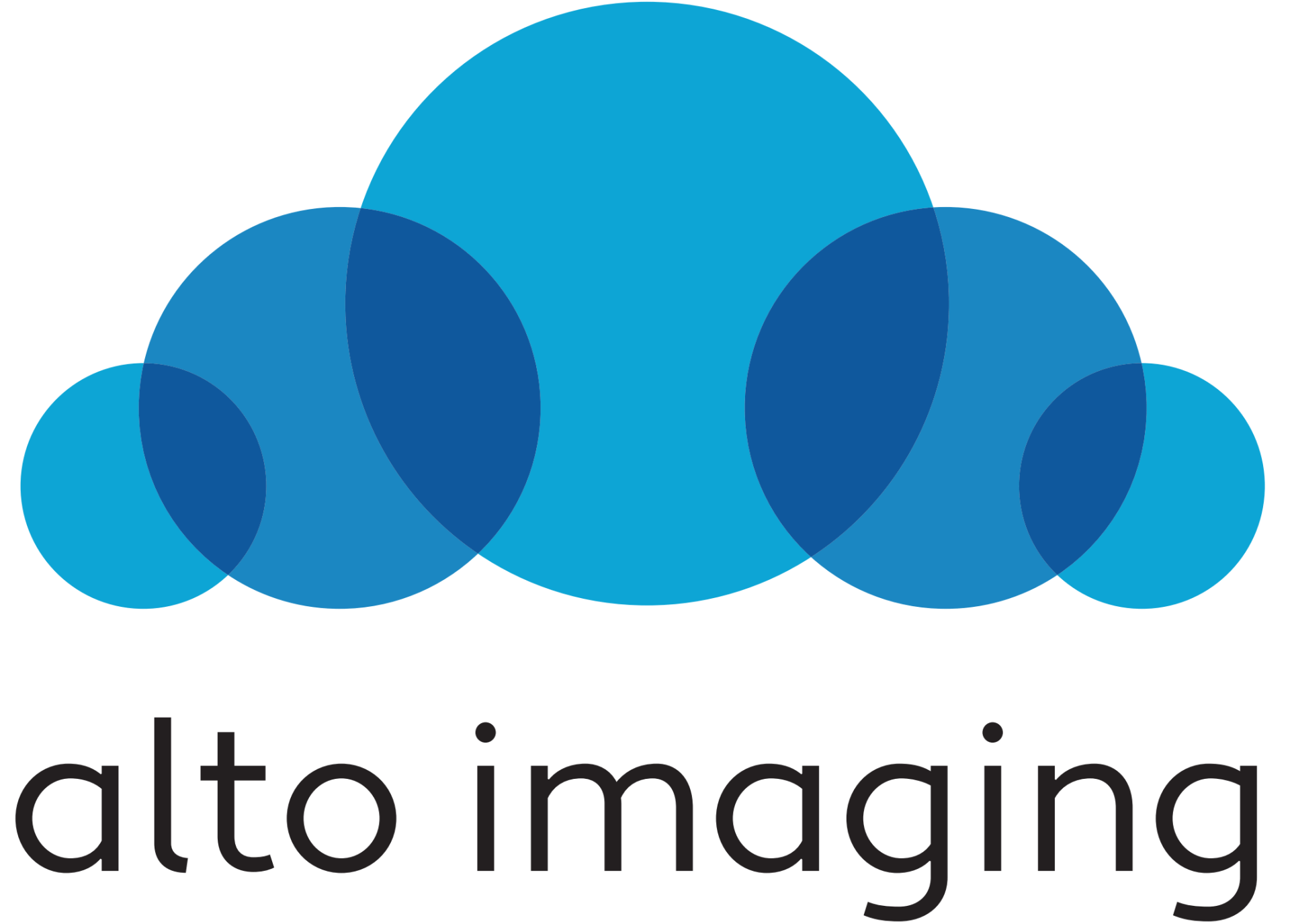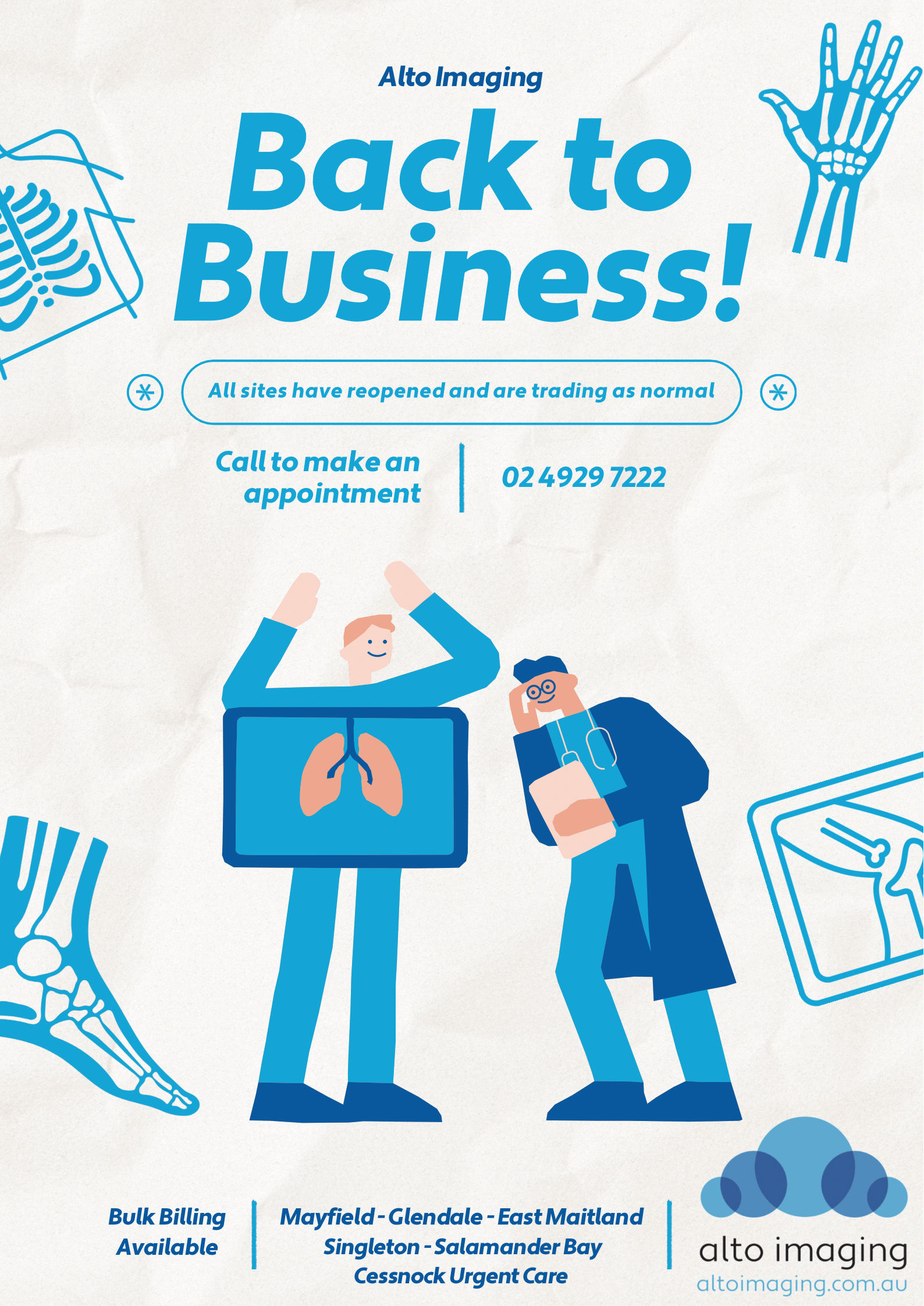MRI: Revolutionising Chiropractic and Allied Health Care
MRI: Revolutionising Chiropractic and Allied Health Care

At Alto Imaging, we're committed to providing cutting-edge diagnostic tools that elevate the standard of care in chiropractic and allied health fields. Whilst X-rays have long been a staple in these practices, Magnetic Resonance Imaging (MRI) has emerged as a game-changer, offering unparalleled insights crucial for precise treatment planning. MRI's ability to visualise soft tissues in exquisite detail makes it invaluable for chiropractors and allied health professionals seeking to understand the root causes of patient discomfort and dysfunction. Unlike X-rays, which primarily show bone structure, MRIs can clearly depict spinal discs, nerves, ligaments, and muscles – all critical components in musculoskeletal health. This comprehensive view allows practitioners to identify issues such as herniated discs, spinal stenosis, nerve impingements, and soft tissue injuries that might be missed on traditional X-rays. For chiropractors, this means more accurate diagnoses and the ability to tailor treatments with precision, whether it's determining the exact location for adjustments or deciding if a patient might benefit from additional therapies. Allied health professionals such as physiotherapists and osteopaths can use MRI findings to create more effective rehabilitation programmes, targeting specific areas of weakness or injury. Moreover, MRI's non-invasive nature and lack of ionising radiation make it a safer option for patients who may require multiple imaging studies throughout their treatment journey. The superior detail provided by MRI also aids in patient education, allowing practitioners to clearly explain the nature of the condition and the proposed treatment plan, which can improve patient understanding and compliance. At Alto Imaging, we've seen how the integration of MRI technology has significantly enhanced treatment outcomes in chiropractic and allied health settings. By providing a more complete picture of the musculoskeletal system, MRI enables practitioners to move beyond symptom management to address the underlying causes of pain and dysfunction, leading to more comprehensive and effective care strategies. Whilst X-rays remain useful for certain assessments, the depth of information provided by MRI makes it an indispensable tool for modern chiropractic and allied health practices committed to delivering the highest standard of patient care.
Want more information?
If you want to find out more about
MRI: Revolutionising Chiropractic and Allied Health Care please get in touch with the professional team at Alto Imaging.



